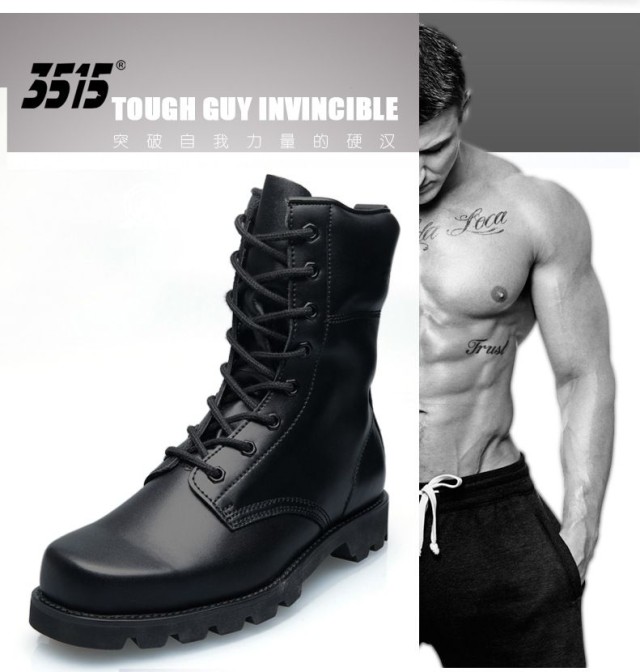When investing in quality footwear, few constructions offer the dynamic comfort evolution of Goodyear welted shoes. This method balances initial structural support with long-term personalized fit—a journey where the shoe adapts to your foot rather than vice versa.
Goodyear Welt Construction: A Fit Journey
Initial Firmness and Structural Support Explained
Goodyear welt shoes arrive with a characteristic firmness due to their multi-layered construction:
- Leather insole foundation: Serves as the shoe's backbone, requiring time to soften
- Cork filler layer: Initially dense, this material will gradually mold to your foot's contours
- Welt barrier: The leather/rubber strip circling the outsole adds rigidity for arch support
Research shows this "stiffness phase" is intentional—the same 120+ step manufacturing process that demands specialized craftsmanship also creates a supportive environment for your foot. Unlike cheaper cemented alternatives, this structure prevents premature sagging that leads to discomfort.
The Break-In Process: Timeline and Foot Adaptation
Expect a break-in period spanning several weeks of regular wear. Here's what happens beneath your feet:
- Week 1-2: Outer leather uppers begin flexing at natural bend points
- Week 3-4: Cork layer compresses by ~15-20%, creating micro-pockets for your toes
- Month 2+: Insole develops memory folds matching your foot's pressure map
The leather aging process plays a crucial role—high-quality calf hide maintains durability while softening at stress points. Unlike synthetic materials that degrade with creasing, this natural adaptation enhances the fit.
Comparative Comfort: Goodyear vs. Cemented vs. Blake Stitch
| Construction | Immediate Comfort | 6-Month Comfort | Resole Potential |
|---|---|---|---|
| Goodyear Welt | Firm support | Customized fit | 5+ resoles |
| Blake Stitch | Flexible | Loses structure | Limited repairs |
| Cemented | Soft initially | Compressed padding | Unresolable |
Blake stitch shoes feel lighter initially but lack the moisture resistance and longevity of Goodyear welts. Meanwhile, cemented constructions sacrifice long-term comfort for immediate plushness—a trade-off that becomes apparent after months of wear.
Long-Term Benefits: Durability and Personalized Fit
The true value emerges after 100+ wears:
- Cork molding: Creates a "footprint" effect, reducing pressure points
- Replacement potential: Worn outsoles can be replaced without compromising the upper
- Arch support: Maintains stability better than collapsed cushioning in cheaper shoes
Orthopedic specialists often recommend Goodyear welted Oxfords and boots for patients needing sustained support. The break-in period ultimately delivers what no pre-worn shoe can—a fit tailored exclusively to your biomechanics.
Ready to experience footwear that evolves with you? 3515 manufactures premium Goodyear welted shoes designed for distributors and brands seeking durable, comfort-adaptive footwear solutions. [Contact our team] to explore bulk offerings that marry craftsmanship with long-term wearer satisfaction.
Related Products
- Durable Rubber-Soled Utility Shoes for Wholesale & Custom Brand Manufacturing
- Puncture-Resistant Velcro Safety Boots for Wholesale & Custom Manufacturing
- Durable Moc Toe Wedge Sole Work Boots for Wholesale and Private Label
- Durable Moc-Toe Wedge Work Boots | Wholesale Manufacturing for Brands
- Safety Footwear Wholesale Manufacturer for Custom OEM/ODM Production
Related Articles
- Why Vulcanized Soles Outlast: The Science Behind Durable Footwear
- How Vulcanized Rubber Work Boots Outlast Alternatives – And When to Choose Differently
- How Vulcanized Soles Became the Unsung Hero of Urban Footwear Culture
- Why Vulcanized Soles Dominate Performance Footwear: Durability Meets Flexibility
- Why Vulcanized Soles Dominate Technical Skateboarding: A Science and Performance Breakdown




















